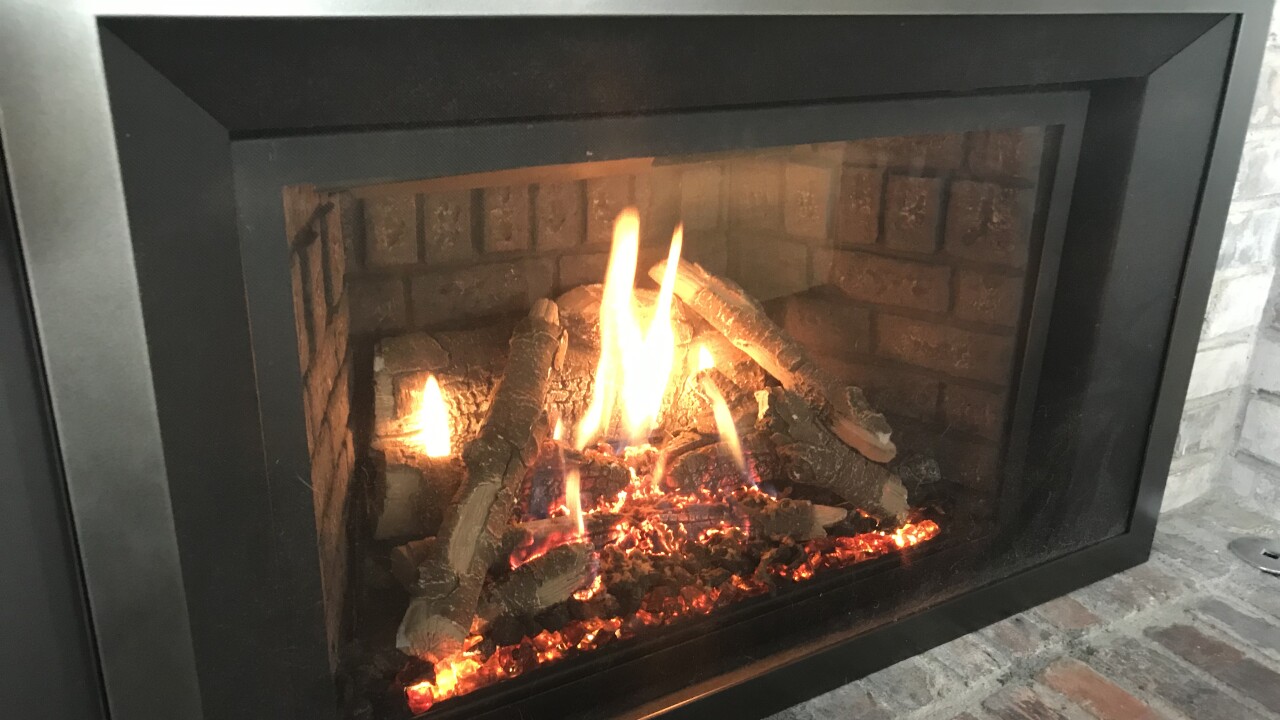

Articles
How To Make Gas Fireplace More Efficient
Modified: September 2, 2024
Discover effective ways to optimize the efficiency of your gas fireplace with our informative articles. Save energy and enhance warmth in your home today!
(Many of the links in this article redirect to a specific reviewed product. Your purchase of these products through affiliate links helps to generate commission for Storables.com, at no extra cost. Learn more)
Introduction
A gas fireplace can be a cozy addition to any home, providing warmth and ambiance during the colder months. However, if your gas fireplace is not as efficient as it could be, you may be losing heat and wasting energy.
In this article, we will explore various ways to make your gas fireplace more efficient, helping you save on heating costs and enjoy maximum comfort in your home. By following these tips, you can enhance the performance and efficiency of your gas fireplace, while also reducing your environmental impact.
Whether you’re looking to reduce energy consumption, cut down on heating bills, or simply create a more comfortable living space, optimizing your gas fireplace efficiency is a smart investment.
Let’s dive into the details and explore the steps you can take to make your gas fireplace more efficient.
Key Takeaways:
- Regular cleaning, maintenance, and professional inspection can enhance gas fireplace efficiency, ensuring optimal performance and longevity while reducing energy waste and heating costs.
- Upgrading fireplace inserts, improving insulation, and using efficient fuel and logs can significantly increase heat output, minimize emissions, and create a cozy, environmentally friendly home heating solution.
Read more: How To Make A Wood Fireplace More Efficient
Evaluate and Inspect Your Gas Fireplace
The first step in making your gas fireplace more efficient is to evaluate and inspect its current condition. This will help you identify any issues or areas that need improvement.
Start by checking for any visible signs of damage, such as cracks or loose fittings. If you notice any problems, it is crucial to address them promptly to prevent further issues and ensure efficient operation.
Next, consider hiring a professional to perform a thorough inspection of your gas fireplace. They can assess the condition of the burner, pilot light, and ventilation system, and identify any potential areas that may be impacting its efficiency.
During the inspection, make sure that the gas valve is in proper working condition and that there are no leaks. Additionally, check for any obstructions in the chimney or vents that can hinder the fireplace’s performance.
Another important aspect of evaluation is to assess the overall heat output of your fireplace. If your gas fireplace doesn’t provide sufficient warmth, it may require adjustments. Consider consulting a professional to determine if the heating capacity can be improved.
By evaluating and inspecting your gas fireplace, you can identify any underlying issues that may be affecting its efficiency. This knowledge will help you implement the necessary steps to optimize its performance and maximize energy savings.
Clean and Maintain the Fireplace
To improve the efficiency of your gas fireplace, it is essential to clean and maintain it regularly. Over time, dust, debris, and soot can accumulate in the fireplace, obstructing airflow and reducing its efficiency. Follow these steps to keep your fireplace clean and in optimal condition:
1. Remove and clean the glass: Start by removing the glass front or doors of your fireplace. Use a fireplace or glass cleaner to thoroughly clean both sides of the glass. This will help maximize heat transfer and allow for a clearer view of the flames.
2. Clean the burners and control compartment: Carefully remove the logs and burner assembly from the fireplace. Use a soft brush or vacuum cleaner to remove any dust, dirt, or debris from the burners and control compartment. Ensure that the gas ports are clear and free from obstructions.
3. Check and clean the vents and chimney: Inspect the vents and chimney for any blockages or buildup of soot and debris. Use a chimney brush or hire a professional chimney sweep to clean and remove any obstructions. This will ensure proper ventilation and prevent any potential safety hazards.
4. Inspect and clean the blower: If your gas fireplace has a blower, carefully remove it and clean any accumulated dust and debris. Ensure that the blower is functioning smoothly, as it helps distribute the heat more effectively throughout the room.
5. Replace or clean the air filters: If your gas fireplace has air filters, take a moment to inspect and clean or replace them as needed. Clogged or dirty filters can hinder airflow and reduce the efficiency of the fireplace.
Regular cleaning and maintenance of your gas fireplace will not only improve its efficiency but also extend its lifespan. Consider scheduling an annual professional inspection and cleaning for a more thorough assessment of your fireplace’s condition.
Upgrade the Fireplace Inserts
One of the most effective ways to increase the efficiency of your gas fireplace is to upgrade its inserts. Fireplace inserts are designed to fit into existing fireplaces, improving their performance and energy efficiency. Here are some options to consider:
1. Gas Fireplace Insert: If you have an older wood-burning fireplace, consider installing a gas fireplace insert. These inserts are highly efficient and provide consistent heat output. Gas inserts can be controlled easily, offering greater convenience compared to traditional fireplaces.
2. Pellet Fireplace Insert: Another option is a pellet fireplace insert. These inserts burn compressed wood pellets, offering a renewable and environmentally friendly fuel source. Pellet inserts have high efficiency ratings and can provide excellent heat output.
3. Electric Fireplace Insert: If gas or pellets are not an option for you, an electric fireplace insert is a viable alternative. While they don’t produce real flames, electric inserts provide the ambiance of a fireplace and can offer efficient heating. They are easy to install and often come with adjustable heat settings.
When choosing a fireplace insert, consider factors such as efficiency ratings, heating capacity, and the type of fuel it uses. Consulting with a professional can help you select the best option for your specific needs and preferences.
By upgrading your fireplace inserts, you can significantly increase the efficiency of your gas fireplace. Newer inserts are designed with advanced technology and insulation, ensuring better heat retention and distribution.
Remember to hire a professional for the installation of your fireplace insert to ensure proper fitting and safe operation. Additionally, regularly maintain and clean the inserts as per the manufacturer’s instructions to optimize their performance.
Improve Insulation and Sealing
To optimize the efficiency of your gas fireplace, it’s essential to improve insulation and sealing around the fireplace area. Proper insulation and sealing prevent heat loss and ensure that the warmth generated by the fireplace stays inside your home. Here are some steps you can take:
1. Insulate the Hearth and Surrounding Walls: Insulating the area around your fireplace can significantly reduce heat loss. Use insulation materials, such as fiberglass insulation or fire-resistant insulation boards, to fill any gaps or cavities in the walls surrounding the fireplace. Apply a sealant to prevent air leaks and improve energy efficiency.
2. Install Insulated Glass Doors: Adding insulated glass doors to your fireplace can help retain heat and minimize drafts. These doors act as a barrier, preventing warm air from escaping and cold air from entering your living space. Ensure that the doors are properly sealed to maximize their effectiveness.
3. Seal Gaps and Cracks: Inspect the areas around your fireplace for any gaps or cracks that may be letting cold air in or warm air out. Use a heat-resistant caulk or sealant to seal these gaps. Pay close attention to the joints between the fireplace and the walls, as well as any visible gaps in the chimney or vents.
4. Seal the Chimney Flue: The chimney flue can be a significant source of heat loss if it’s not properly sealed. Install a flue sealer or chimney balloon to block any drafts and prevent warm air from escaping. Remember to remove the seal before starting a fire and consult a professional if you’re unsure about the proper installation.
5. Insulate the Chimney: Insulating the inside of your chimney can help with heat retention. Consider using a chimney liner insulation or insulating blanket to reduce heat loss and improve the overall efficiency of your gas fireplace.
By focusing on insulation and sealing, you can ensure that the heat generated by your gas fireplace stays inside your home, maximizing its efficiency and minimizing energy waste. These simple steps can make a noticeable difference in the performance of your fireplace and help keep your home warm and comfortable during the colder months.
Consider installing a fireplace insert to improve efficiency. Inserts can increase heat output and reduce heat loss, making your gas fireplace more efficient.
Read more: What Is A Gas Fireplace
Use Efficient Fuel and Logs
The type of fuel and logs you use can have a significant impact on the efficiency and performance of your gas fireplace. By choosing efficient options, you can enhance heat output while minimizing waste. Here are some considerations:
1. Use High-Efficiency Gas Logs: Gas logs come in various options, and choosing high-efficiency models can make a difference in your fireplace’s performance. Look for logs with a higher BTU rating, as this indicates more heat output. Additionally, consider logs with features like ceramic or refractory materials that can help distribute heat more efficiently.
2. Select Clean Burning Fuel: Opt for clean-burning fuels to reduce emissions and improve efficiency. Propane and natural gas are cleaner options compared to other fuels and produce fewer pollutants. Contact your gas supplier to ensure you are using the cleanest fuel available in your area.
3. Avoid Wet or Green Wood: Using wet or green wood in a gas fireplace can lead to incomplete combustion, less heat output, and increased emissions. Make sure the logs you use are properly seasoned and dry. Dry wood burns more efficiently, producing more heat and fewer pollutants.
4. Consider Alternative Fuel Sources: If you’re open to alternative fuel sources, consider using bioethanol or eco-friendly gas options. Bioethanol is a renewable fuel made from plant-based materials, while eco-friendly gas options utilize recycled or sustainable sources.
When selecting fuel and logs for your gas fireplace, ensure compliance with safety standards and manufacturer recommendations. It’s also beneficial to consult with professionals who can guide you in choosing the most efficient options for your specific fireplace model.
By using efficient fuel and logs, you can maximize the heat output of your gas fireplace, reduce emissions, and achieve better overall efficiency. These choices not only benefit your comfort but also contribute to a cleaner and more environmentally friendly home heating solution.
Adjust the Flame Settings
Adjusting the flame settings of your gas fireplace can play a crucial role in optimizing its efficiency and heat output. By making the right adjustments, you can fine-tune the balance between ambiance and energy consumption. Here’s how:
1. Check the Pilot Flame: The pilot flame is the small flame that stays ignited to ignite the main burner. Ensure that the pilot flame is a steady blue color and not flickering or yellowish, as this may indicate a problem. A proper pilot flame will help facilitate efficient combustion.
2. Adjust the Flame Height: Most gas fireplaces allow you to adjust the flame height according to your preference. If your fireplace has a manual control valve, you can adjust the flame height using the control knob. Turn the knob clockwise to decrease the flame height and counterclockwise to increase it.
3. Consider a Thermostatic Remote Control: Investing in a thermostatic remote control can provide you with better control over your fireplace’s flame settings. This type of remote allows you to adjust the flame height and set a desired room temperature. The fireplace will then automatically adjust the flame to maintain the set temperature, optimizing energy efficiency.
4. Find the Ideal Flame Setting: Experiment with different flame settings to find the right balance between heat output and ambiance. Keep in mind that higher flame settings generate more heat, while lower settings prioritize a milder, atmospheric effect. Adjust the flame to a level that provides sufficient warmth while still creating a cozy atmosphere in your living space.
5. Consider Investing in a Variable Flame Gas Fireplace: Variable flame gas fireplaces are designed to allow you to adjust the flame height and intensity as desired. These fireplaces come equipped with advanced controls that let you achieve the perfect flame setting for your comfort and efficiency needs.
Adjusting the flame settings of your gas fireplace not only allows you to customize the ambiance but also helps optimize its efficiency. By finding the ideal flame height and investing in advanced controls if desired, you can strike the right balance between warmth and aesthetic appeal while minimizing energy consumption.
Use Ceiling Fans to Circulate Heat
Using ceiling fans in conjunction with your gas fireplace can help distribute heat more effectively throughout your living space. Ceiling fans can help circulate warm air, ensuring that it reaches every corner of the room and maximizing the efficiency of your fireplace. Here’s how to make the most of ceiling fans:
1. Reverse the Fan Direction: Most ceiling fans come with a switch that allows you to change the direction of the fan blades. During the winter or when using your gas fireplace, set the fan to rotate in a clockwise direction. This creates an updraft that pushes warm air down from the ceiling and helps circulate it throughout the room.
2. Position the Fan Strategically: Place the ceiling fan directly above your gas fireplace or in close proximity to it. This helps ensure that the warm air generated by the fireplace is circulated efficiently throughout the space. If the fireplace is in a separate area, such as a corner or adjacent room, position the fan to direct the airflow towards the main living area.
3. Adjust Fan Speed: Experiment with different fan speeds to find the optimal setting for circulating heat. In some cases, a lower fan speed may be sufficient to distribute the warm air effectively. Higher fan speeds can be used to create a gentle breeze that aids in dispersing the heat even further.
4. Use the Fan Year-Round: Ceiling fans are not only beneficial during colder months but also in the summer. In warmer seasons, set the fan to rotate in a counterclockwise direction to create a breeze that promotes cooling. By using the fan consistently, you can maintain a more comfortable and balanced temperature in your living space throughout the year.
Using ceiling fans to circulate heat from your gas fireplace can make a significant difference in the overall effectiveness and efficiency of heating your home. By properly positioning the fan, adjusting its direction and speed, and utilizing it year-round, you can ensure that the warm air is evenly distributed, maximizing your comfort and reducing reliance on heating systems.
Install a Programmable Thermostat
Installing a programmable thermostat is a smart and convenient way to improve the efficiency of your gas fireplace. A programmable thermostat allows you to set specific temperature levels for different times of the day, ensuring optimal comfort and energy savings. Here’s how it can benefit your gas fireplace:
1. Set Customized Heating Schedules: With a programmable thermostat, you can create customized heating schedules that align with your daily routine. Set the thermostat to lower temperatures when you’re away from home or asleep, and raise it to your desired comfort level during active hours. This way, you can avoid unnecessary heating when you don’t need it, reducing energy consumption.
2. Maintain Consistent Temperatures: Programmable thermostats enable you to maintain consistent temperatures in your home, including the area around the gas fireplace. This eliminates the need for manual adjustments and ensures that the fireplace operates at the desired temperature. Consistency in temperature control contributes to both comfort and energy efficiency.
3. Zone Heating Configuration: If your home has multiple heating zones, a programmable thermostat can help you optimize energy usage. By setting different temperature zones, you can prioritize heating in frequently used areas, such as your main living space. This reduces the need for heating the entire home and allows you to maximize the benefits of your gas fireplace without wasting energy in unoccupied areas.
4. Remote Access and Smart Features: Many programmable thermostats offer remote access and smart features, allowing you to control your fireplace’s temperature settings from anywhere using your smartphone or tablet. This means you can adjust the temperature before you arrive home or when you’re away, ensuring a comfortable and efficient living environment.
5. Energy Savings and Cost Reduction: By programming your thermostat to optimize energy usage, you can significantly reduce your heating costs. According to the Department of Energy, homeowners can save up to 10% annually on heating and cooling expenses by using a programmable thermostat.
When installing a programmable thermostat, follow the manufacturer’s instructions or consult a professional to ensure proper installation and compatibility with your gas fireplace. Take advantage of the thermostat’s features and programming options to maximize efficiency and energy savings.
A programmable thermostat is a valuable addition to your gas fireplace, providing optimal comfort while helping you save on heating costs. By programming temperature settings according to your preferences and lifestyle, you can enjoy efficient heating and a cozy living environment year-round.
Read more: How To Update Gas Fireplace
Conclusion
Optimizing the efficiency of your gas fireplace is not only beneficial for your comfort but also for reducing energy consumption and minimizing heating costs. By following the tips and steps outlined in this article, you can make your gas fireplace more efficient and enjoy its warmth to the fullest. Here’s a recap of the key points:
– Evaluate and inspect your gas fireplace to identify any underlying issues that may be affecting its efficiency.
– Regular cleaning and maintenance of your fireplace, including the glass, burners, vents, and filters, can improve its performance.
– Consider upgrading your fireplace inserts to increase efficiency and heat output.
– Improve insulation and sealing around the fireplace area to prevent heat loss.
– Use efficient fuel and logs, such as high-efficiency gas logs and clean-burning fuels, to maximize heat output and minimize emissions.
– Adjust the flame settings of your gas fireplace to find the ideal balance between warmth and ambiance.
– Utilize ceiling fans to circulate heat throughout the room and evenly distribute warmth.
– Install a programmable thermostat for customized heating schedules, consistent temperatures, and energy savings.
By implementing these strategies, you can enhance your gas fireplace’s efficiency, reduce energy waste, and enjoy a more comfortable and cozy living environment.
Remember to consult with professionals when needed, especially for inspections, installations, and major upgrades. They can provide expert guidance based on your specific fireplace and heating system requirements.
Embrace the warmth and energy efficiency of your gas fireplace, and let it create the perfect atmosphere for relaxation and enjoyment in your home.
Frequently Asked Questions about How To Make Gas Fireplace More Efficient
Was this page helpful?
At Storables.com, we guarantee accurate and reliable information. Our content, validated by Expert Board Contributors, is crafted following stringent Editorial Policies. We're committed to providing you with well-researched, expert-backed insights for all your informational needs.


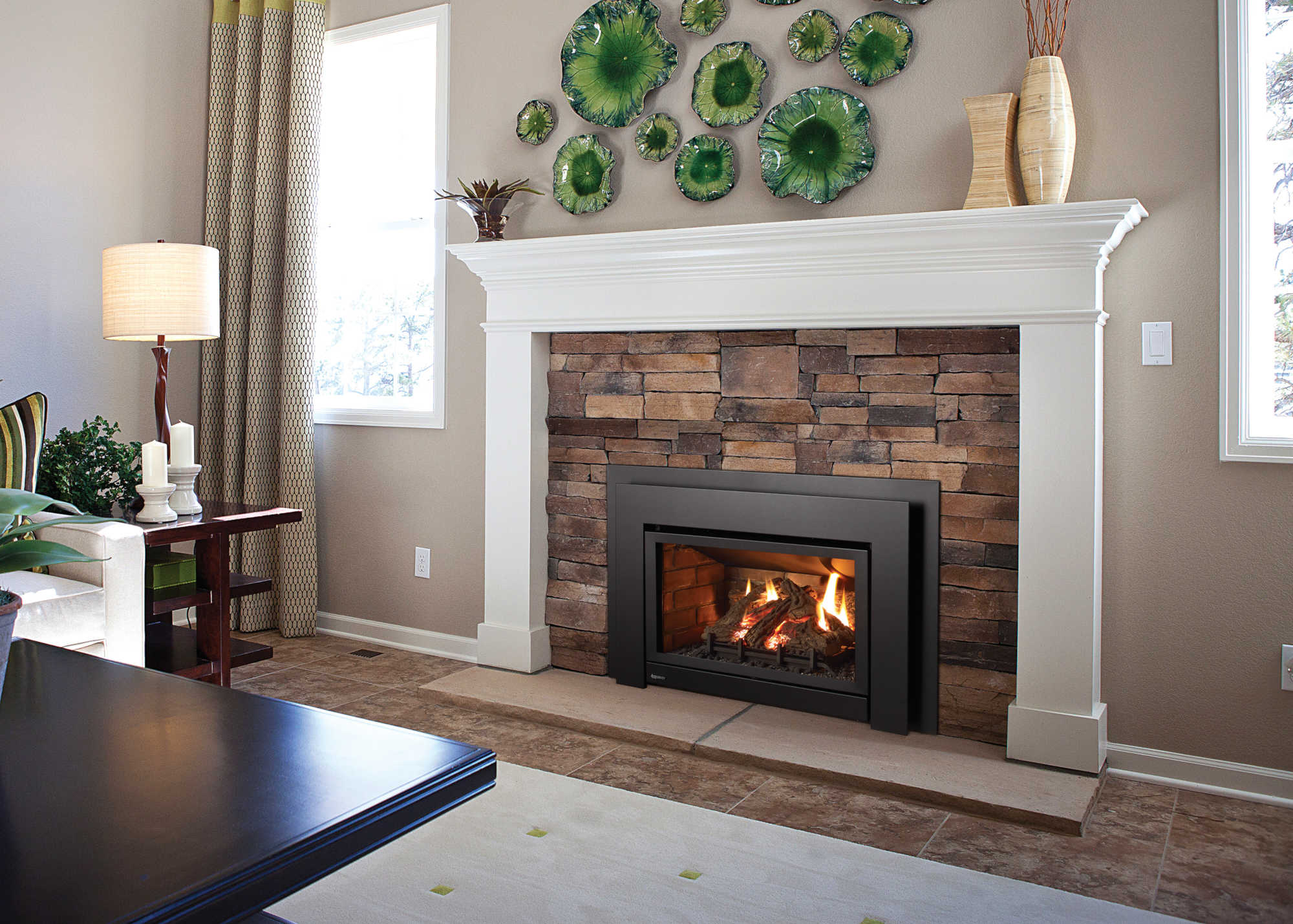
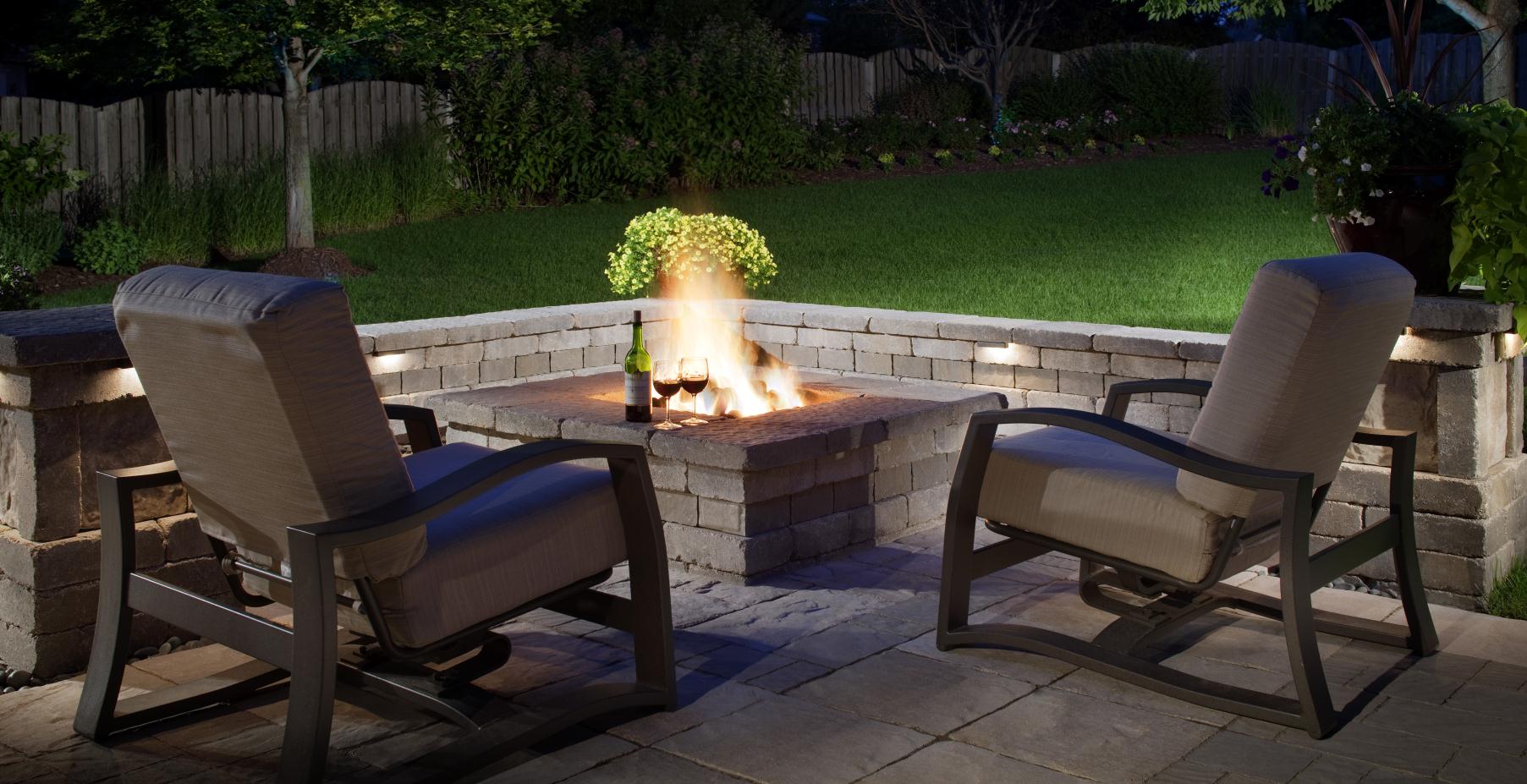
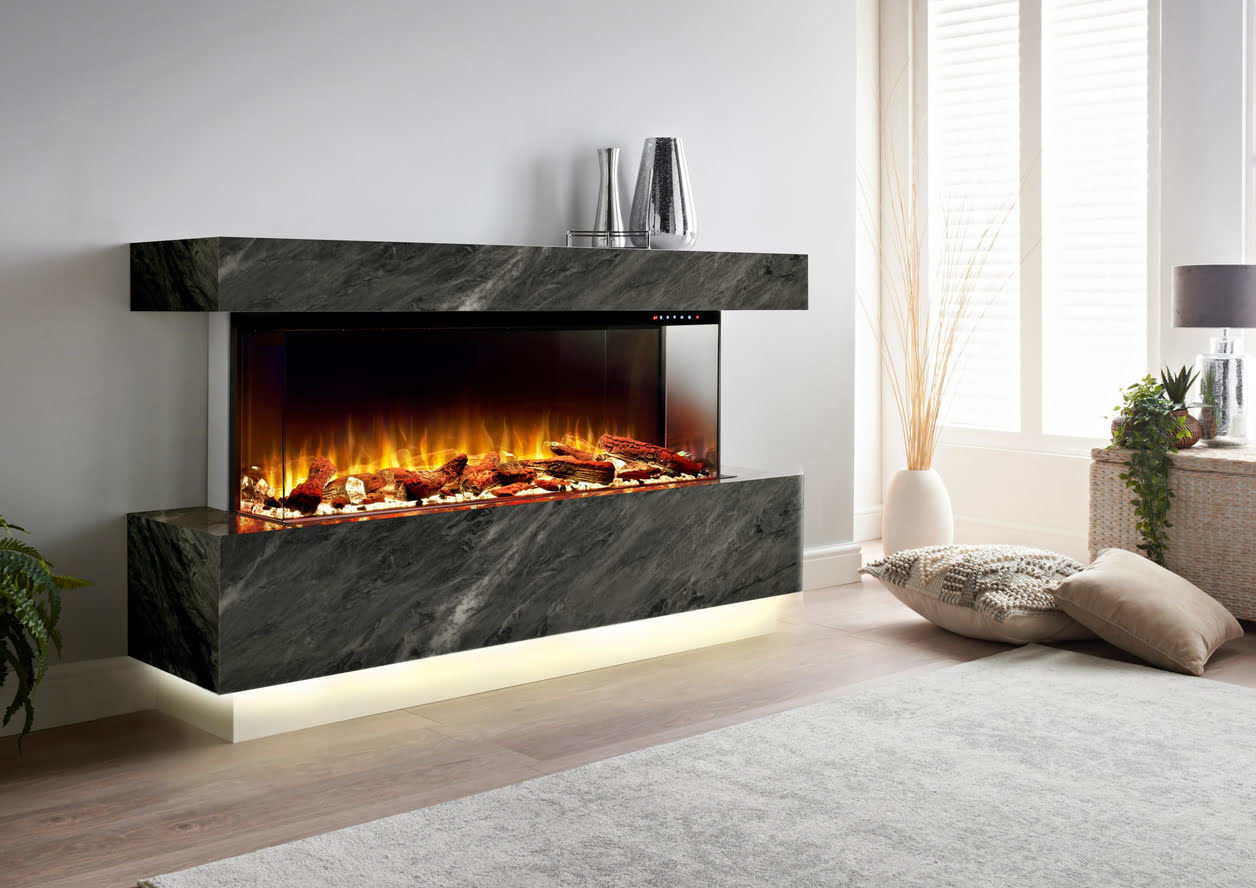
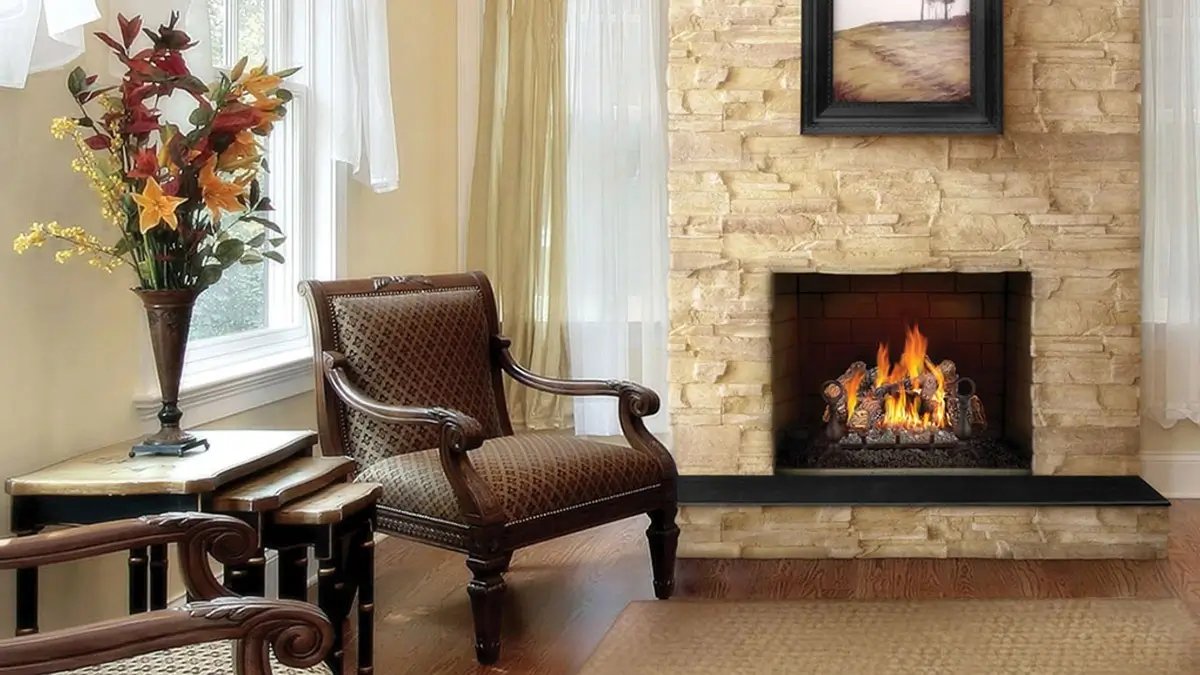
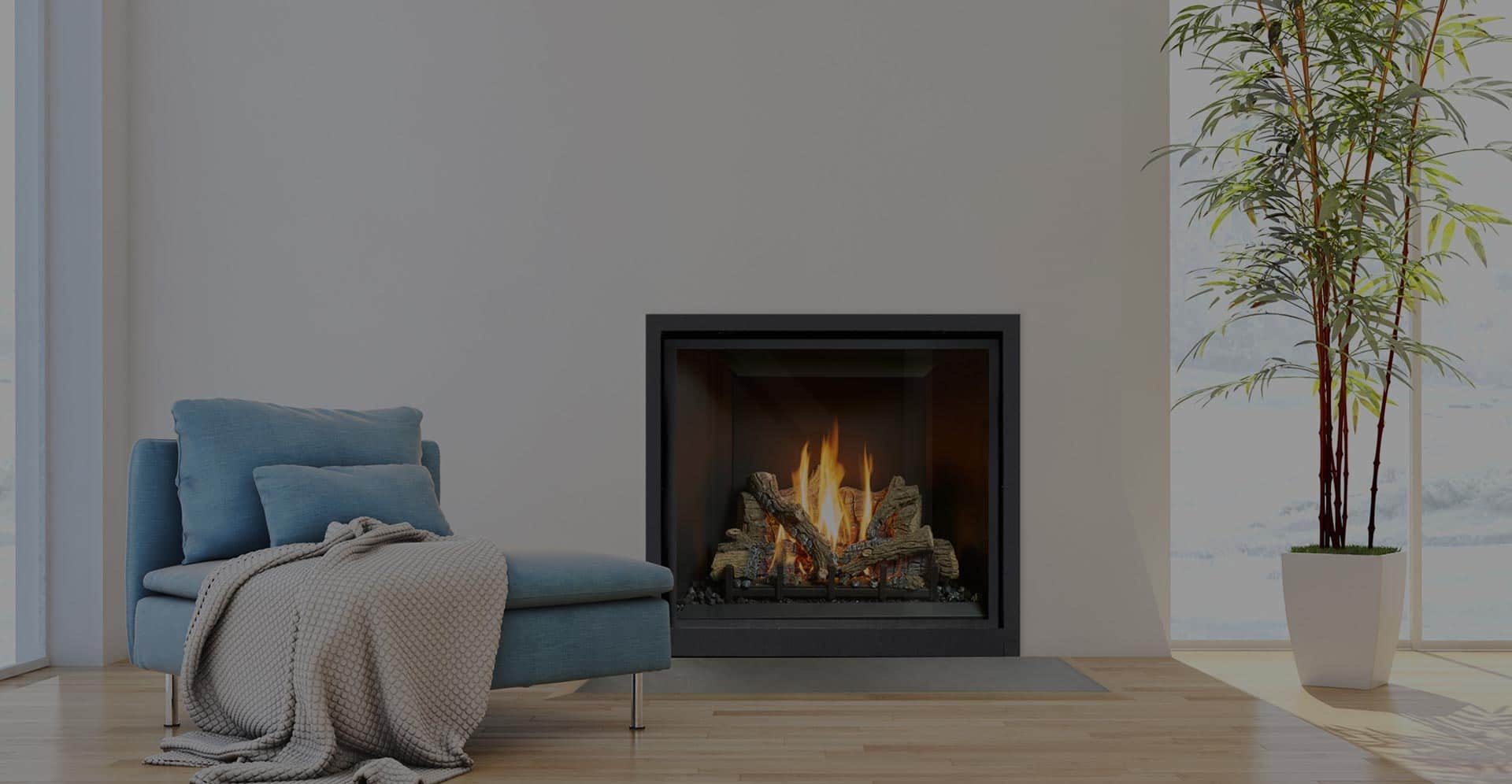
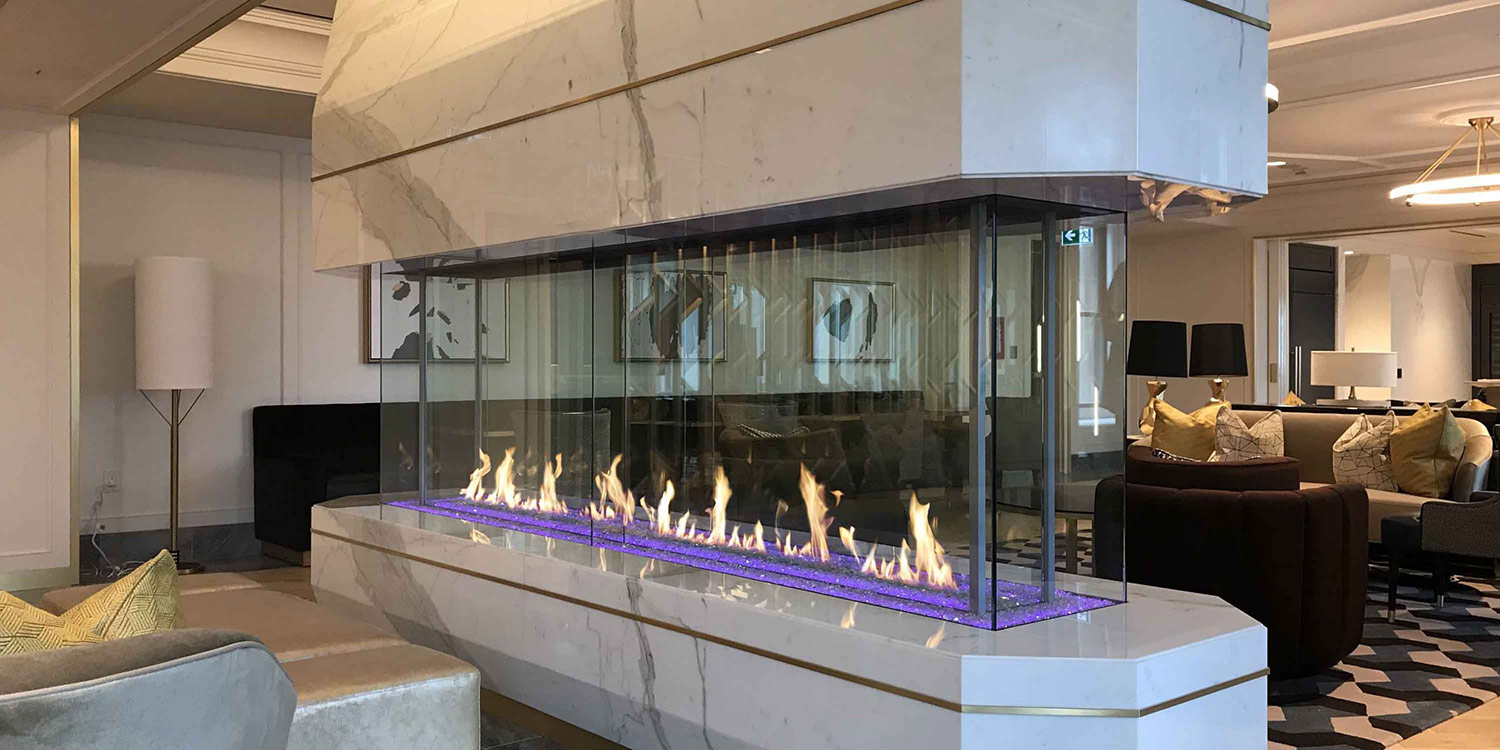
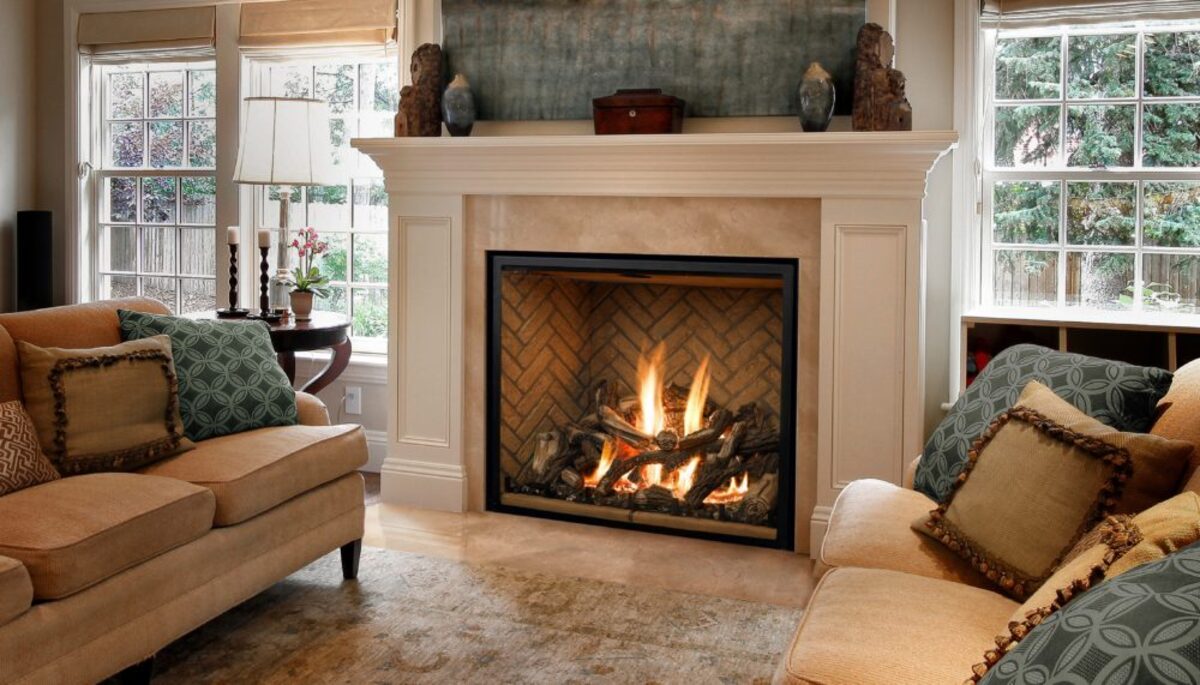
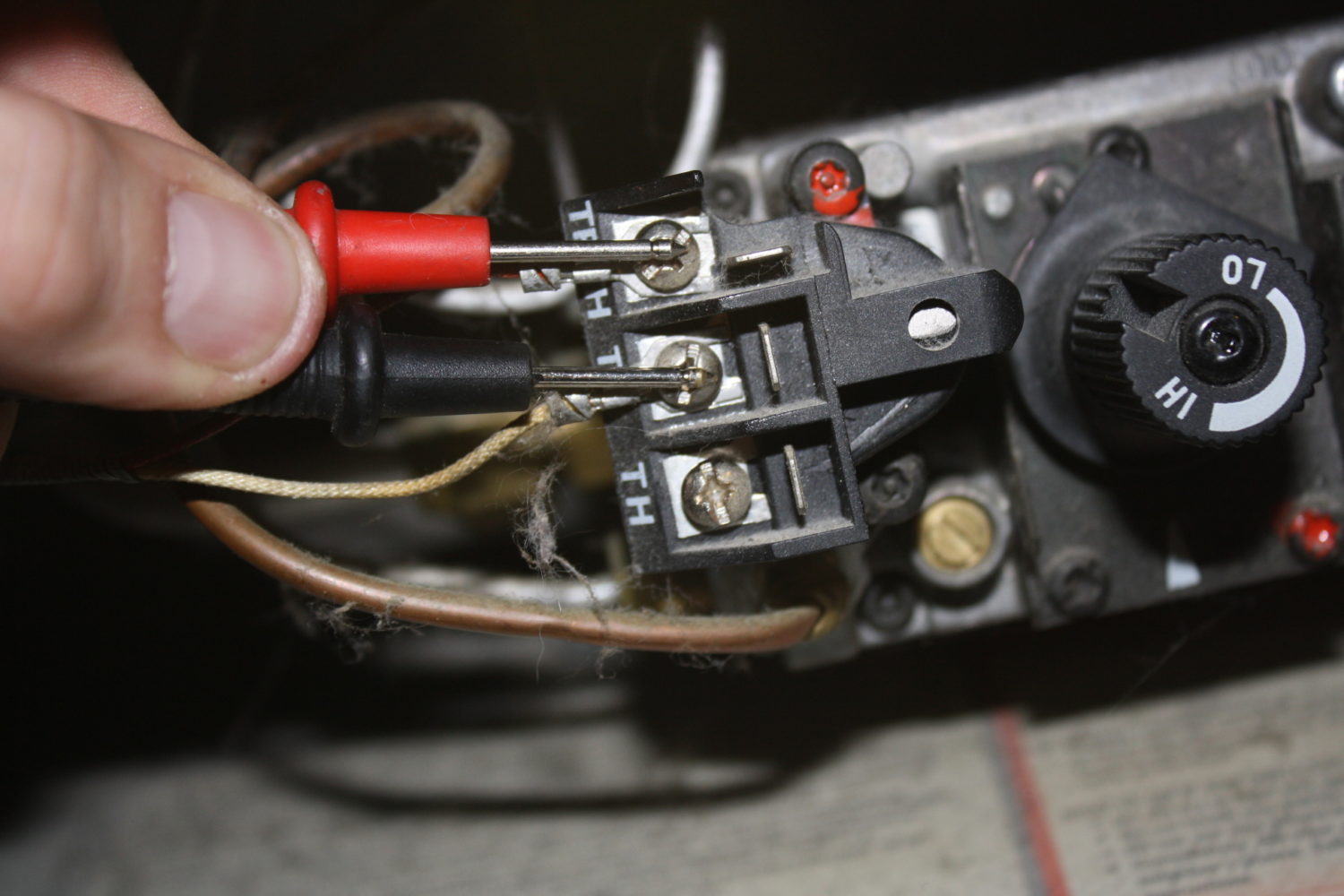
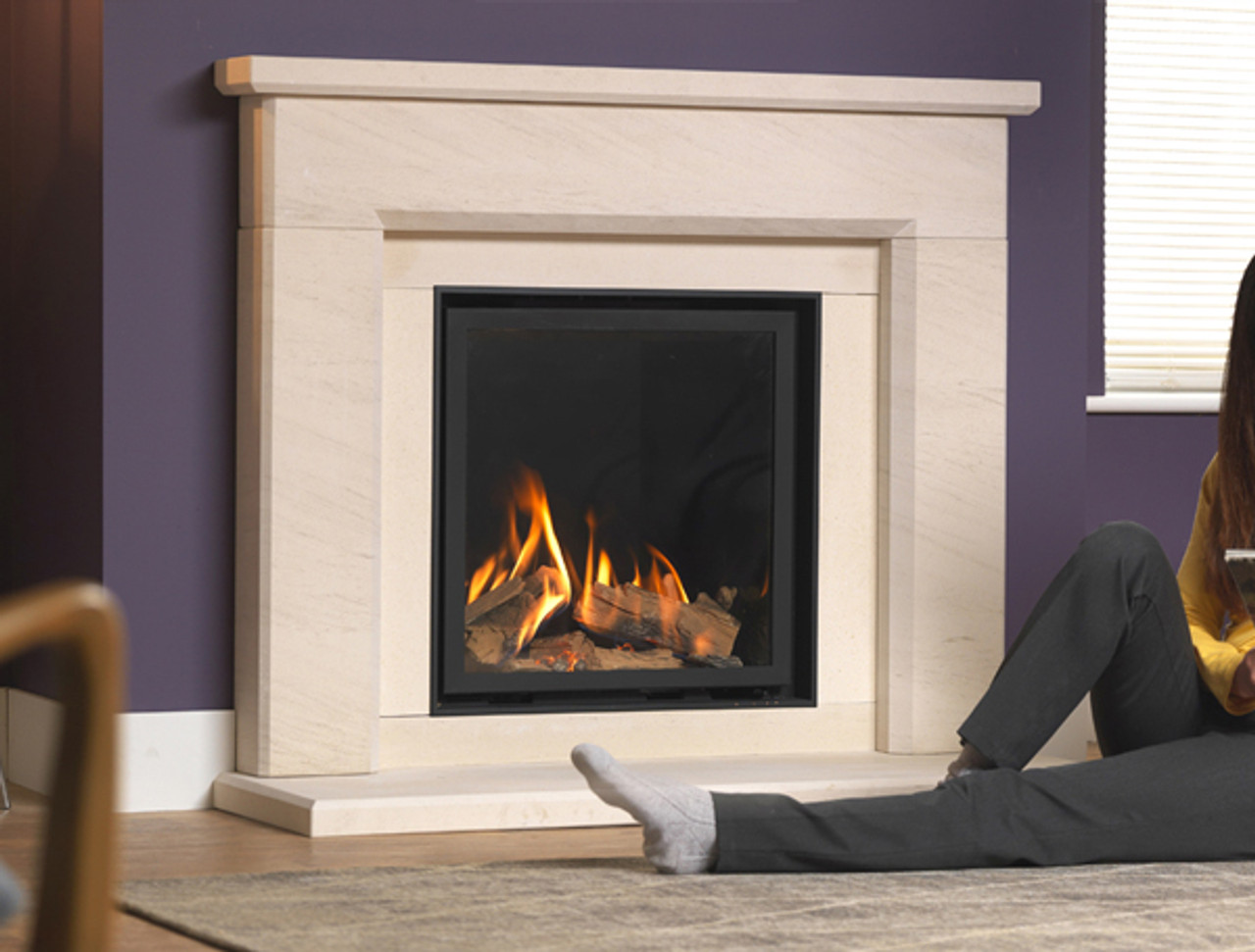

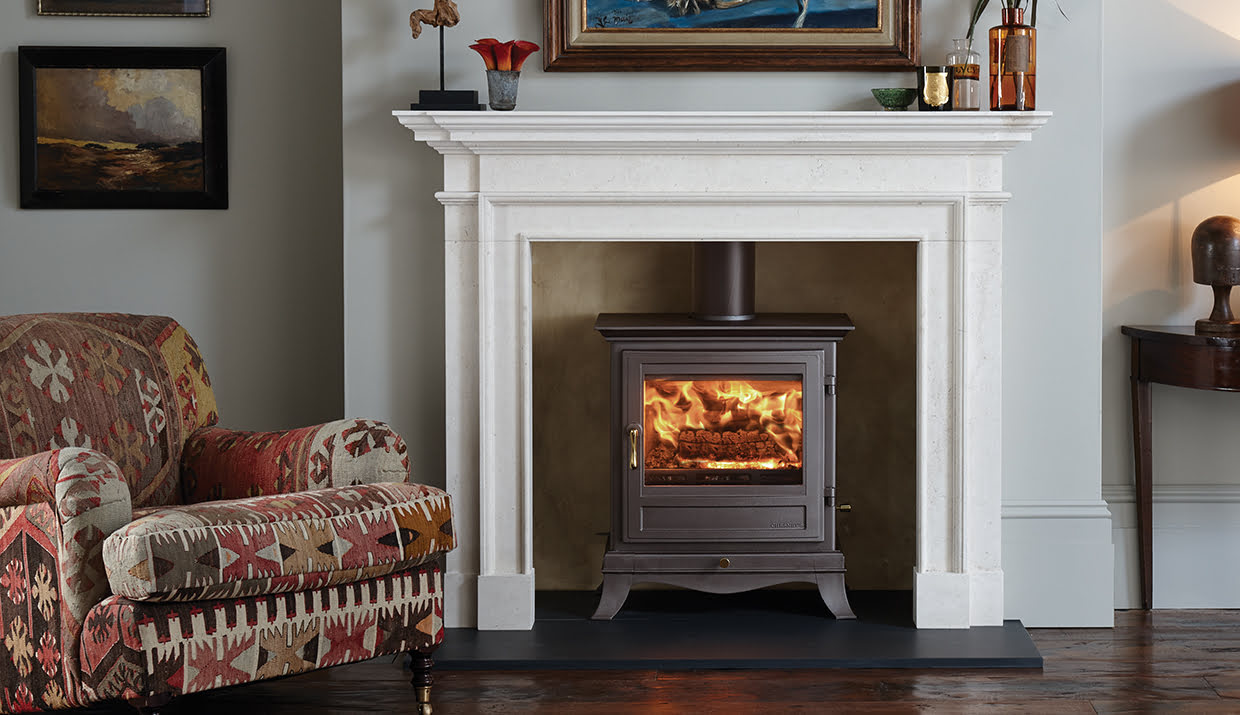

0 thoughts on “How To Make Gas Fireplace More Efficient”